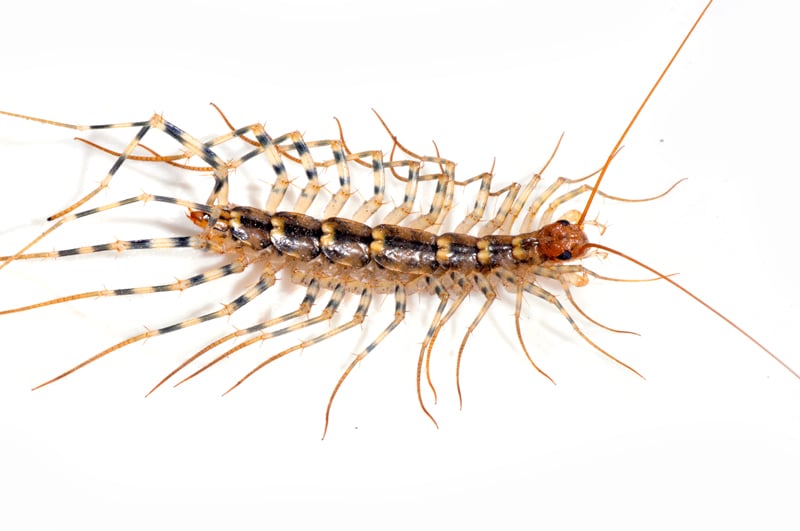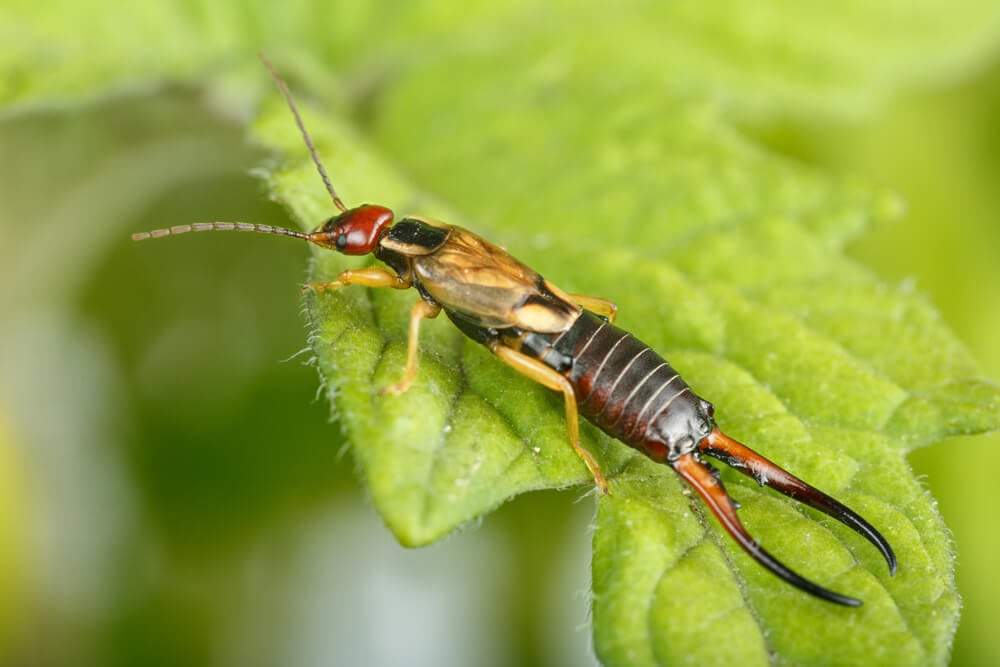
Of all the myriad creepy crawlies of the pest kingdom, none capture the imagination quite like spiders. It’s not hard to see why: those things are weird. Eight legs? Check. Eight eyes. Check. Butts that produce super-powerful silk? Check. Often breathtaking artistic talent? Check check check. There’s a reason why the spider is one of the most popularly depicted creatures in human culture throughout history. Something about the pest-munching arachnids simply fascinates.
Just because it’s our job to keep spiders out of your home doesn’t mean we’re immune to the fascination. If anything, our research into what makes spiders tick only makes them more captivating to us. Now, we’re sharing eight of our favorites with you--one for each of our favorite arachnid’s legs. These are the top 8 weirdest, wildest facts we’ve found about spiders.

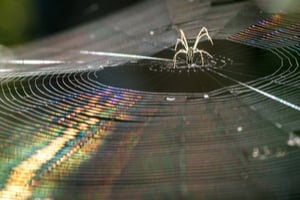 6. Spinning Seven Separate Spider Silks
6. Spinning Seven Separate Spider Silks 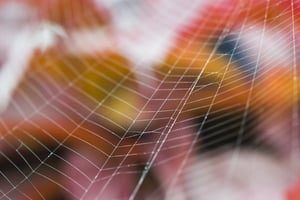 4. Super Strong and Super Stretchy
4. Super Strong and Super Stretchy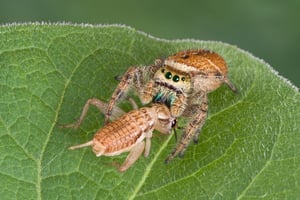 2. Can’t Stomach It
2. Can’t Stomach It